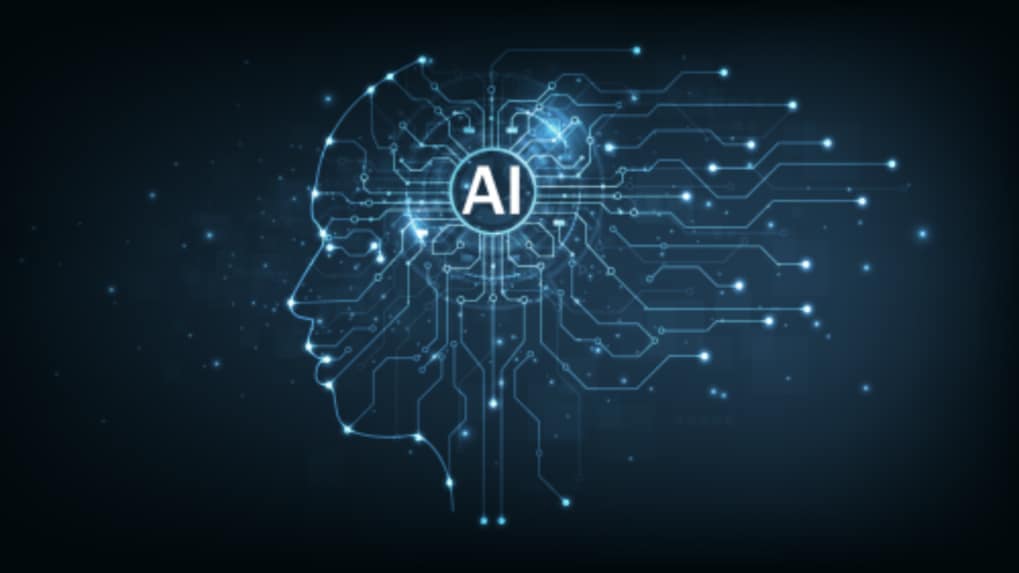Brand Makers
Dil Ka Jod Hai, Tootega Nahin

Artificial Intelligence (AI) is rapidly transforming global markets and redefining how businesses operate, compete, and innovate. A comprehensive market study commissioned by the Competition Commission of India (CCI) and conducted by the Management Development Institute (MDI), Gurgaon, examines India’s AI landscape, identifies competition issues, and evaluates regulatory frameworks shaping the sector.
The report titled “Artificial Intelligence and Competition” outlines how AI’s accelerated adoption across industries is creating both opportunities and new challenges for competition and regulation in India.
The report notes that the global AI market has expanded from USD 93.24 billion in 2020 to USD 186.43 billion in 2024, and is projected to grow to USD 1 trillion by 2031. In India, the AI market grew from USD 3.2 billion in 2020 to USD 6.05 billion in 2024, and is expected to expand to USD 31.94 billion by 2031. This explosive growth is driven by advancements in machine learning (ML), natural language processing (NLP), computer vision (CV), and generative AI, supported by robust data, infrastructure, and development layers.
The study divides the AI value chain into multiple layers, covering both upstream (data, infrastructure, development, and foundation models) and downstream (model fine-tuning, deployment, and user interaction).
At the base is the data layer, which involves collecting, preparing, and governing datasets. Above it lies the computing and AI infrastructure layer, which provides the servers, specialised chips, cloud and edge computing capabilities necessary to power AI. The development layer includes algorithms and programming frameworks used to build models, while the foundation model layer focuses on large-scale models like LLMs that are adapted for various tasks.
On the downstream side, AI models are fine-tuned for specific domains, using context-specific data. This leads to deployment through cloud or on-premises infrastructure and integration into decision-making systems. The governance and orchestration layer cuts across all layers, ensuring compliance, transparency, and ethical AI practices.
The Indian AI stack is dominated by global entities at the upstream level. In the data layer, Appen holds a 23.4% share, followed by AWS at 19.2%, Google at 15.3%, Microsoft Azure at 11.3%, and Scale AI at 9.4%. Others such as IBM, Meta, and Infosys collectively account for 21.4%. On the cloud computing side, AWS leads with 32.6% market share, followed by Microsoft Azure (20.8%) and Google Cloud (11.5%).
India’s semiconductor industry—critical for AI computing—was valued at USD 45 billion in 2023, with the AI semiconductor segment accounting for USD 3 billion. This is projected to reach USD 21 billion by 2030, supported by six new fabrication units under development, including Tata Group’s facility in Gujarat and Micron’s ATMP plant in Sanand. These developments are expected to significantly strengthen India’s upstream AI infrastructure.
Meanwhile, the downstream ecosystem is witnessing rapid growth of startups. According to the survey, 67% of AI startups focus on the application layer, 20% operate in the data layer, and around 10% work on infrastructure. Notably, 76% of startups rely on open-source technologies; 88% use ML, 78% use NLP, 66% use generative AI, and 27% work with computer vision.
AI adoption is accelerating across India’s banking, financial services, and insurance (BFSI), healthcare, retail, e-commerce, logistics, and marketing sectors. Use cases include dynamic pricing, personalised recommendations, demand forecasting, fraud detection, credit risk assessment, and automated decision-making. Healthcare is witnessing significant growth in AI-driven diagnostics and drug discovery, while agriculture, education, GPS navigation, social media, and astronomy are emerging as additional sectors for integration.
A user sector survey reveals that 90% of respondents use AI to monitor customer behaviour, and 27% use it to track supply chains. Around 69% rely on AI for demand forecasting, 24% for pricing trends, and 21% for inventory predictions. This widespread adoption is projected to drive the CAGR of India’s AI market to 39–43% between 2025 and 2032.
The report highlights both pro-competitive and anti-competitive implications of AI. While AI fosters innovation, efficiency, and consumer benefits, it can also facilitate anti-competitive conduct. Concerns include algorithmic collusion, price discrimination, entry barriers, network effects, opaque algorithms, and exclusive partnerships.
About 37% of surveyed startups expressed concerns about AI-enabled collusion, 32% pointed to price discrimination, and 22% flagged predatory pricing. Algorithmic pricing mechanisms—such as monitoring, parallel, signalling, and self-learning algorithms—can align market prices above competitive levels without explicit collusion, making detection and enforcement complex.
Control of critical inputs like data, talent, compute resources, and cloud services by a few large players creates significant entry barriers. To address this, the Indian government has launched initiatives such as the IndiaAI Mission, with ₹10,300 crore allocated to boost AI startups, expand computing access, and catalyse innovation.
Globally, jurisdictions like the US, EU, UK, China, Japan, and Australia are focusing on AI governance, algorithmic transparency, and accountability. India’s approach is evolving through the National Strategy for AI, the National AI Portal, and legislative reforms like the Competition (Amendment) Act, 2023, which introduced provisions for hub-and-spoke cartels and deal-value thresholds. Complementary frameworks such as the Digital Personal Data Protection Act, 2023, further support responsible AI development.
The CCI plans to organise conferences and advocacy workshops on “AI and Regulatory Issues,” build internal technical capabilities, establish a think tank on digital markets, promote inter-regulatory coordination, and engage with international competition authorities. It also encourages enterprises to conduct self-audits of AI systems to detect potential anti-competitive practices proactively. A guidance note on self-audit is annexed to the report.
The report concludes that continued policy emphasis on facilitating access to AI infrastructure, removing entry barriers, and building regulatory capacity will be crucial to ensuring fair competition in India’s AI markets. Transparent governance frameworks, industry self-regulation, and international cooperation will play pivotal roles in shaping a competitive, innovative, and responsible AI ecosystem.
From Delhi’s sharp-tongued lyricists to Chennai’s bilingual innovators and North-East India’s experimental beatmakers, Rap 91 LIVE’s lineup was a sonic map of the country’s cultural diversity.
Read MorePiyush Pandey was a force of nature - brute force for his opponents and a natural creative at heart.